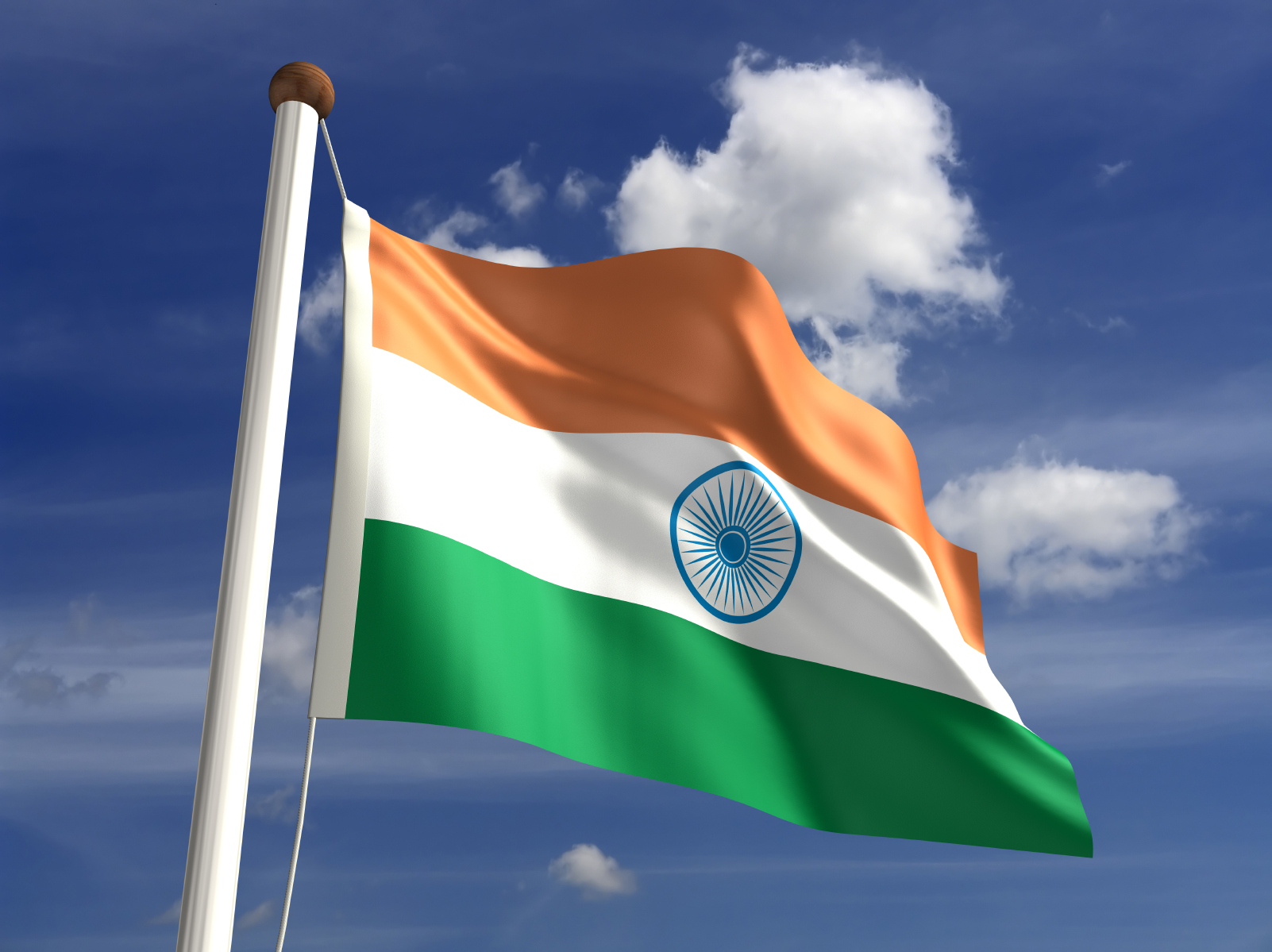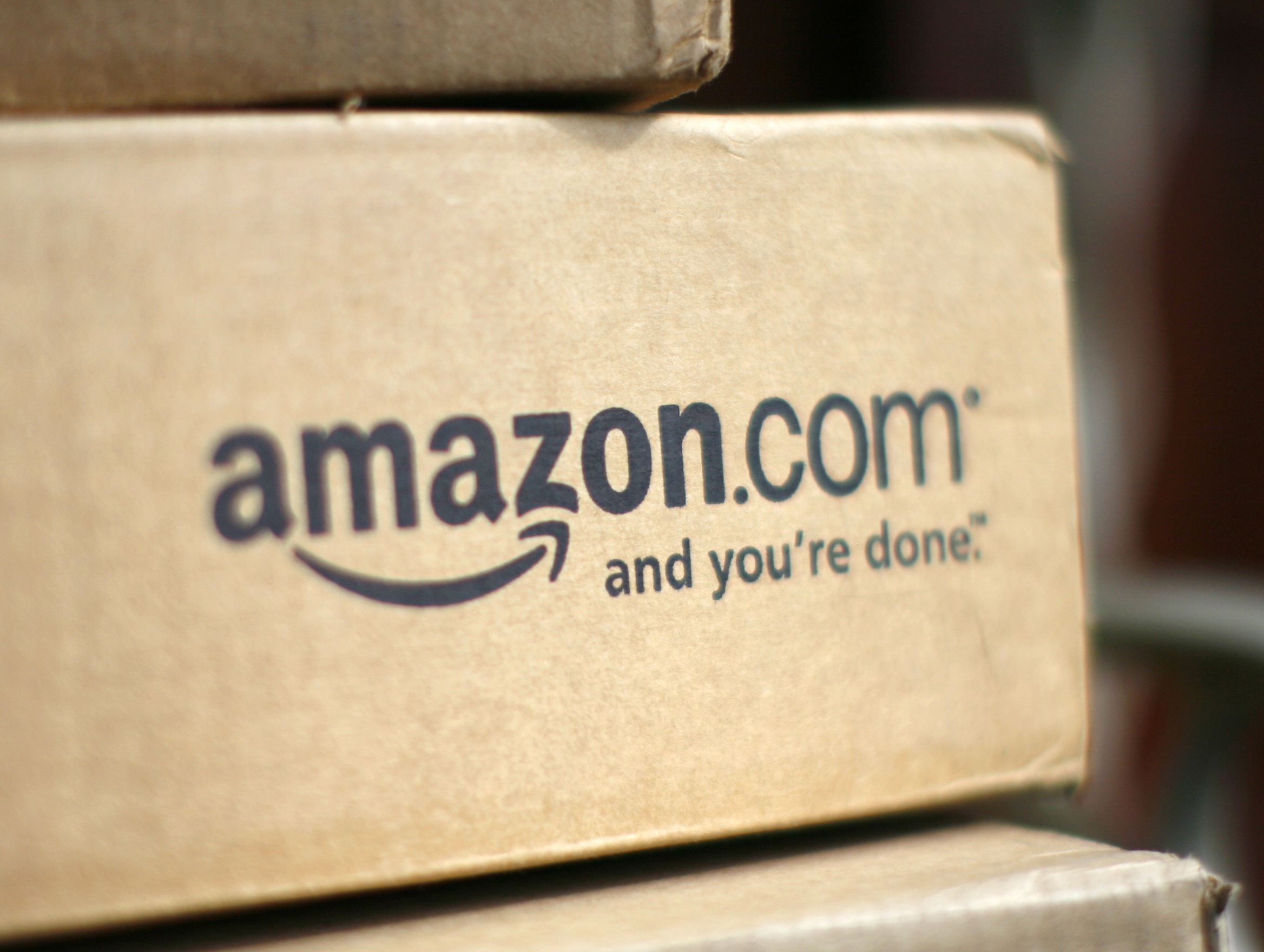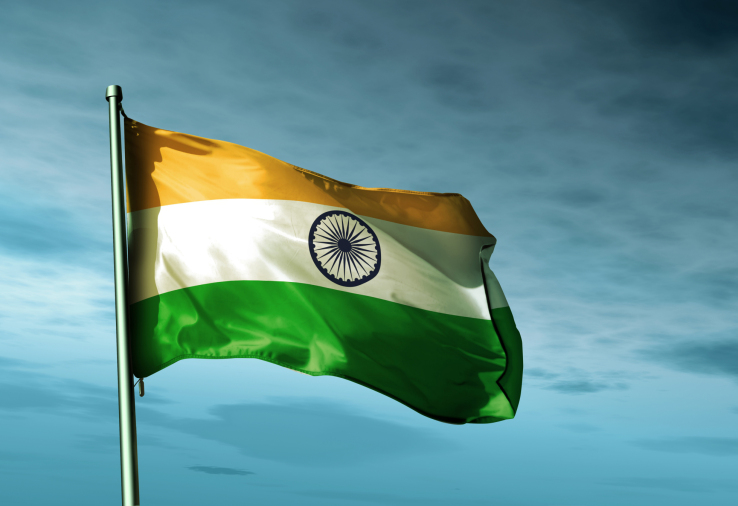What Happened
In its newest localization efforts, Uber has partnered with Bharti Airtel, an Indian telecom company, to provide free in-car WiFi for riders in India. This partnership also offers discounted phone plans for drivers and allows them to accept payments through Airtel Money, Bharti’s own digital payment system. Usually struggling with patchy mobile internet coverage and costly mobile plans, users in India (and other developing countries) will no doubt welcome this new offer.
What Brands Can Do
Although unlikely to be introduced in the US any time soon, Uber’s new partnership in India does point to a future where on-demand rides come with their own Wi-Fi offers, which would naturally open up new in-car advertising and targeting opportunities for brands to go along for the ride.
Source: New York Times



